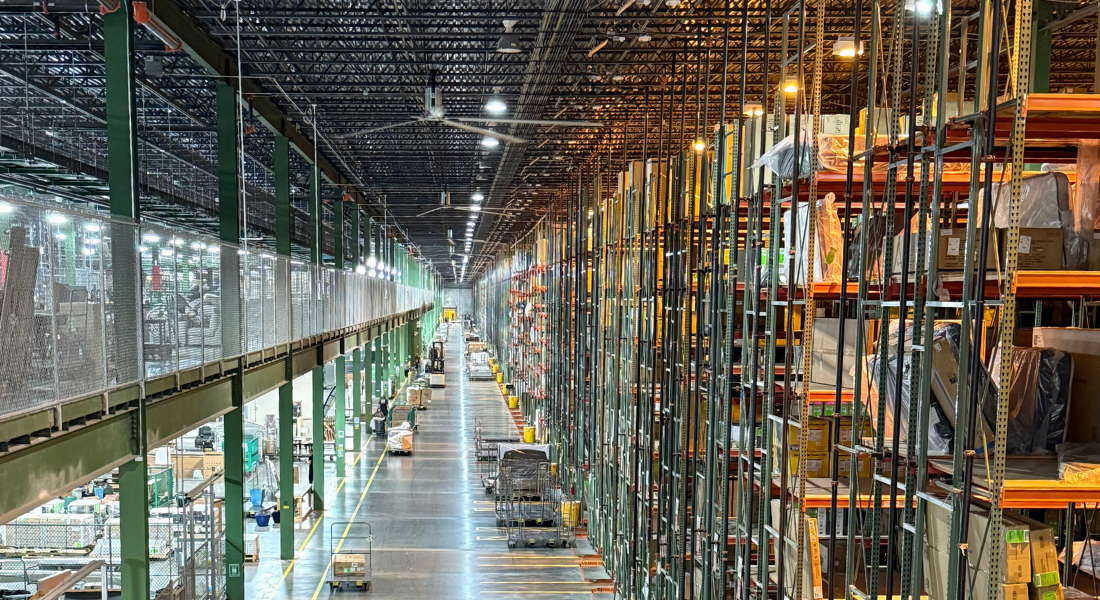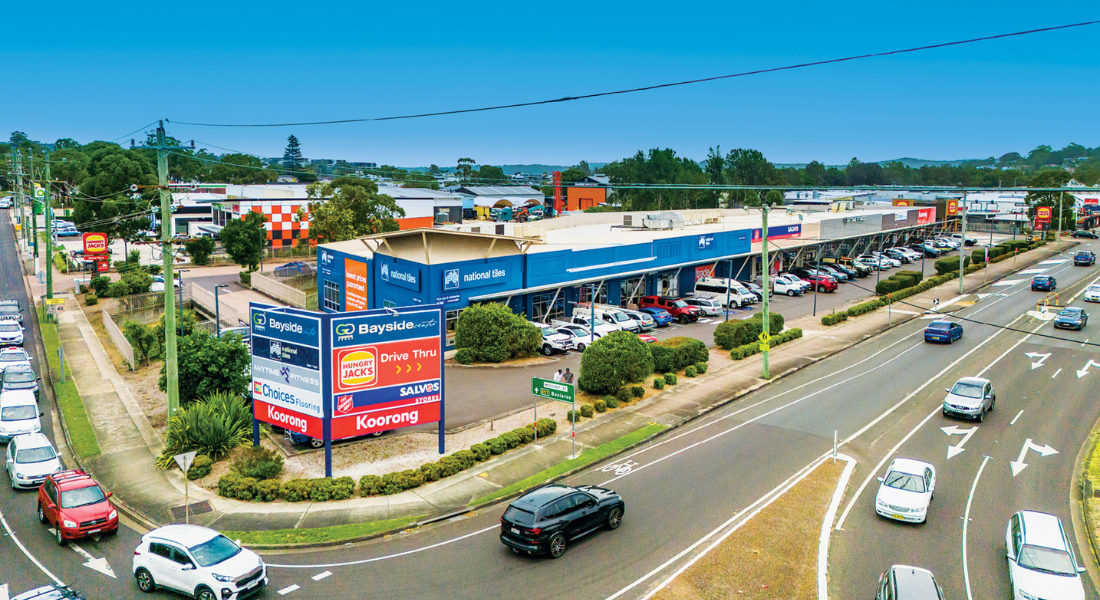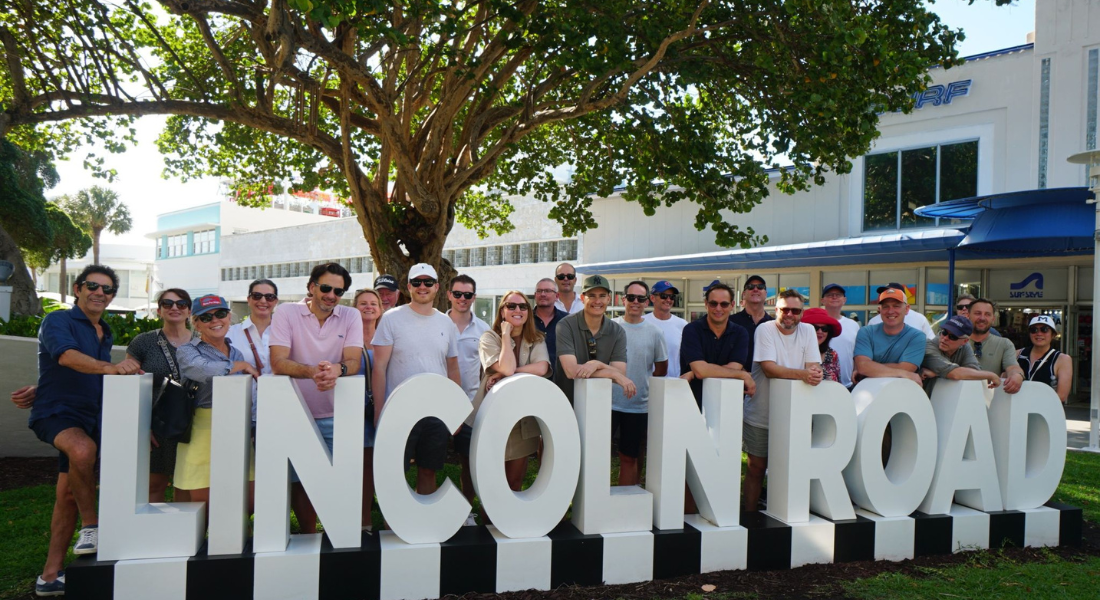Large Format Retail, the jewel in the retail crown?

The Large Format Retail sector in Australia has demonstrated remarkable strength and continues to attract investor interest despite broader challenges in various commercial asset classes. This segment has performed strongly in recent years, fuelled by its connection to the housing market and changing consumer behaviours.
Factors for success
The sector’s success can be attributed to several key factors. When people move homes or renovate, demand naturally increases for furniture, whitegoods, and hardware, which are the core offerings of Large Format Retailers. This creates a consistent customer base for tenants like Bunnings, Officeworks, Harvey Norman, and Amart Furniture, which in turn provides stable income streams for property investors.
Return on investment
From an investment perspective, Large Format Retail assets offer attractive yields compared to other commercial property classes. Large Format Retail yields recorded an average of 6.5 per cent in 2024 (within a range of 5.6 % to 7.5%), outperforming CBD office properties (6%), regional shopping centres (5.5%), and industrial warehousing (5.4%). This yield premium makes Large Format Retail assets particularly appealing in today’s elevated interest rate environment.
Construction efficiencies
The Large Format Retail sector also benefits from significant construction efficiencies that enhance its investment appeal. These properties typically feature lower construction costs per square metre compared to enclosed shopping centres, due to simplified building designs and standardised construction methods. Development timeframes for Large Format Retail assets are also far less, with these cost and time efficiencies contributing directly to the higher initial yields that make the sector so attractive in the current economic climate.
Large Format Retail revival
Investment volumes in the Large Format Retail sector have shown notable fluctuation, with 2024 achieving approximately $810 million in transactions, well below the peak annual turnover of $3.7 billion reached in 2022.
However, the market has shown encouraging signs of recovery over the past 12 months, with early 2025 transactions approaching $150 million, aligning with our expectation of a retail revival in 2025. A distinct “flight to quality” trend has emerged, with investors prioritising premium assets that feature strong anchor tenants, strategic locations, and modern facilities. These high-quality properties are increasingly tightly held by institutional investors and private investor groups who recognise their long-term value, further limiting what comes to market and supporting pricing for the best assets.
Constrained supply equals strong occupancy rates
The sector’s positive outlook is further strengthened by a growing imbalance between population growth and retail space development. While Australia’s population has grown approximately 15 per cent over the past decade, the retail space per capita ratio has declined from approximately 2.3 sqm/person in 2015 to under 2.1 sqm/person today. This constrained supply helps maintain strong occupancy rates and positions well-located centres to achieve rental growth as population expansion continues.
New supply remains severely limited by the scarcity of appropriately zoned land suitable for Large Format Retail development, particularly in metropolitan areas where demand is highest. Restrictive planning regulations and competition for land from other uses have further constrained the development pipeline, creating an undersupply that benefits existing assets.
Integrated shopping experience
The sector is also evolving to meet changing retail dynamics. Retailers are increasingly diversifying their tenant mix to include more lifestyle and non-traditional retailers, creating a new hybrid category that blends traditional Large Format Retail with experiential shopping elements. Additionally, retailers are optimising their omnichannel sales strategies by maintaining larger store footprints that accommodate both customer-facing operations and backend logistics.
This integration of retail and quasi-industrial functions allows retailers to reduce costs associated with separate warehousing while improving delivery times for online orders, giving them a competitive advantage as online activity continues to increase. These trends reflect broader shifts in consumer preferences toward integrated shopping experiences that combine convenience with engagement.
The outlook
Looking ahead, the sector appears well-positioned for continued growth as Australia’s ongoing population expansion, urban sprawl, and evolving consumer preferences drive sustained demand for Large Format Retail offerings. The combination of attractive yields, stable tenants, construction efficiencies, dual retail-distribution functionality, and favourable supply-demand dynamics makes Large Format Retail a compelling proposition in the Australian commercial property landscape.
Article supplied: Vanessa Rader, Head of Research, Ray White
*Photo courtesy of Phil Schoutrop, Principal and Precinct Sector Lead at Buchan




